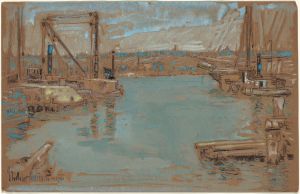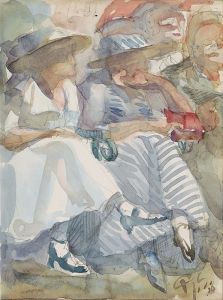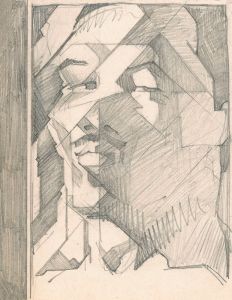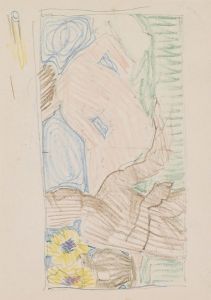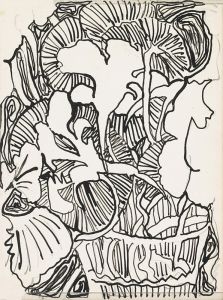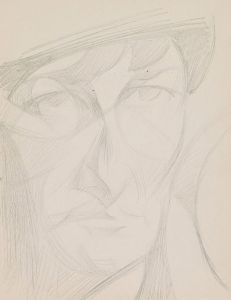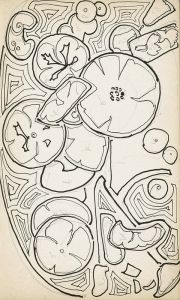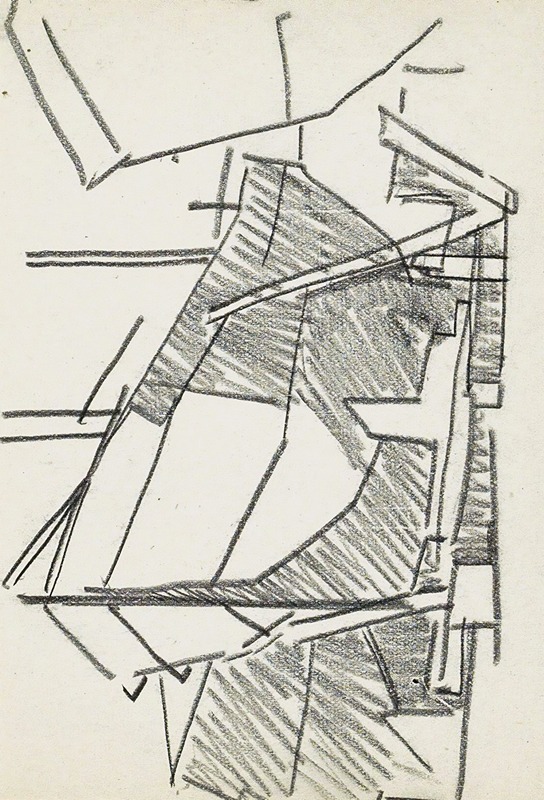
Schip op een werfhelling
A hand-painted replica of Reijer Stolk’s masterpiece Schip op een werfhelling, meticulously crafted by professional artists to capture the true essence of the original. Each piece is created with museum-quality canvas and rare mineral pigments, carefully painted by experienced artists with delicate brushstrokes and rich, layered colors to perfectly recreate the texture of the original artwork. Unlike machine-printed reproductions, this hand-painted version brings the painting to life, infused with the artist’s emotions and skill in every stroke. Whether for personal collection or home decoration, it instantly elevates the artistic atmosphere of any space.
Reijer Stolk (1896-1945) was a Dutch artist known for his contributions to graphic art and painting. One of his notable works is "Schip op een werfhelling" (translated as "Ship on a Slipway"). This piece exemplifies Stolk's skill in capturing industrial and maritime themes, which were prevalent in his body of work.
"Schip op een werfhelling" depicts a ship positioned on a slipway, a structure used for the construction, maintenance, and repair of ships. The painting reflects the industrial atmosphere of the early 20th century, a period marked by significant advancements in shipbuilding and maritime technology. Stolk's attention to detail and use of color bring the scene to life, highlighting the intricate processes involved in ship construction.
Reijer Stolk was part of the Dutch art movement known as De Ploeg, which was founded in 1918 in Groningen. This group of artists sought to innovate and experiment with new artistic styles and techniques, often drawing inspiration from the changing landscapes and industrial developments of the time. Stolk's work, including "Schip op een werfhelling," is characterized by a blend of realism and expressionism, capturing both the physical and emotional essence of his subjects.
Throughout his career, Stolk produced a variety of works, including prints, drawings, and paintings. His art often featured industrial scenes, landscapes, and maritime subjects, reflecting his fascination with the modern world and its technological advancements. "Schip op een werfhelling" is a testament to his ability to convey the complexity and beauty of industrial environments through his art.
Stolk's contributions to Dutch art were significant, and his works continue to be appreciated for their historical and artistic value. His ability to depict the industrial age with such precision and emotion has earned him a place among notable Dutch artists of the early 20th century. "Schip op een werfhelling" remains an important piece within his oeuvre, showcasing his talent and the themes that defined his artistic vision.
Reijer Stolk's life and career were tragically cut short during World War II. He was executed by the Nazis in 1945, a fate that befell many artists and intellectuals of the time. Despite his untimely death, Stolk's legacy lives on through his art, which continues to be studied and admired for its technical skill and historical significance.
In summary, "Schip op een werfhelling" by Reijer Stolk is a notable work that captures the essence of early 20th-century industrial and maritime life. Stolk's affiliation with the De Ploeg movement and his focus on modern themes make this painting a valuable piece of Dutch art history. His ability to blend realism with expressionism allows viewers to appreciate the intricacies of shipbuilding and the broader industrial landscape of his era.





